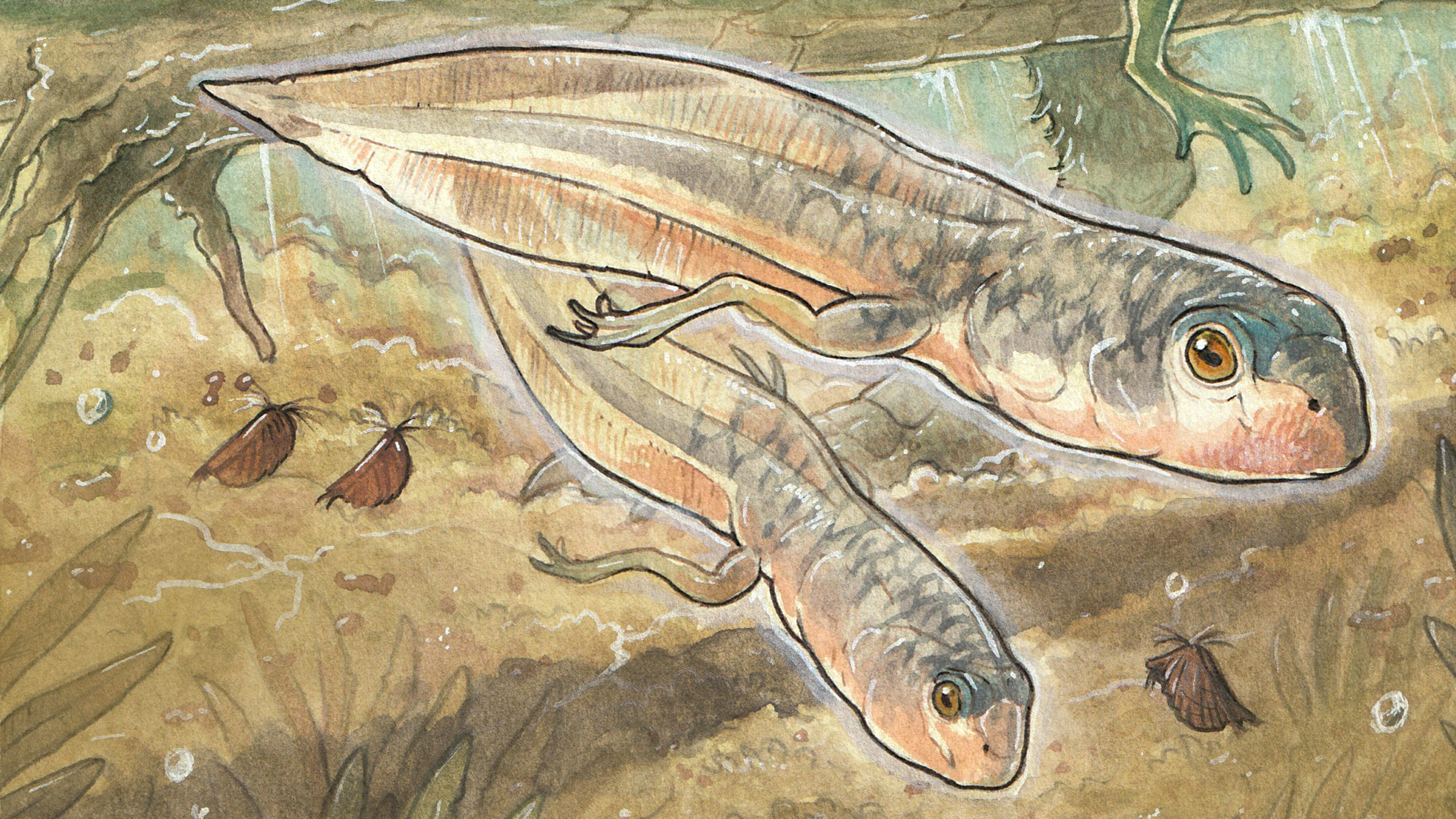IJMS, Vol. 24, Pages 5801: Adiponectin Enhances Fatty Acid Signaling in Human Taste Cells by Increasing Surface Expression of CD36
International Journal of Molecular Sciences doi: 10.3390/ijms24065801
Authors: Fangjun Lin Yan Liu Trina Rudeski-Rohr Naima Dahir Ashley Calder Timothy A. Gilbertson
Adiponectin, a key metabolic hormone, is secreted into the circulation by fat cells where it enhances insulin sensitivity and stimulates glucose and fatty acid metabolism. Adiponectin receptors are highly expressed in the taste system; however, their effects and mechanisms of action in the modulation of gustatory function remain unclear. We utilized an immortalized human fungiform taste cell line (HuFF) to investigate the effect of AdipoRon, an adiponectin receptor agonist, on fatty acid-induced calcium responses. We showed that the fat taste receptors (CD36 and GPR120) and taste signaling molecules (Gα-gust, PLCβ2, and TRPM5) were expressed in HuFF cells. Calcium imaging studies showed that linoleic acid induced a dose-dependent calcium response in HuFF cells, and it was significantly reduced by the antagonists of CD36, GPR120, PLCβ2, and TRPM5. AdipoRon administration enhanced HuFF cell responses to fatty acids but not to a mixture of sweet, bitter, and umami tastants. This enhancement was inhibited by an irreversible CD36 antagonist and by an AMPK inhibitor but was not affected by a GPR120 antagonist. AdipoRon increased the phosphorylation of AMPK and the translocation of CD36 to the cell surface, which was eliminated by blocking AMPK. These results indicate that AdipoRon acts to increase cell surface CD36 in HuFF cells to selectively enhance their responses to fatty acids. This, in turn, is consistent with the ability of adiponectin receptor activity to alter taste cues associated with dietary fat intake.

 1 year ago
28
1 year ago
28


